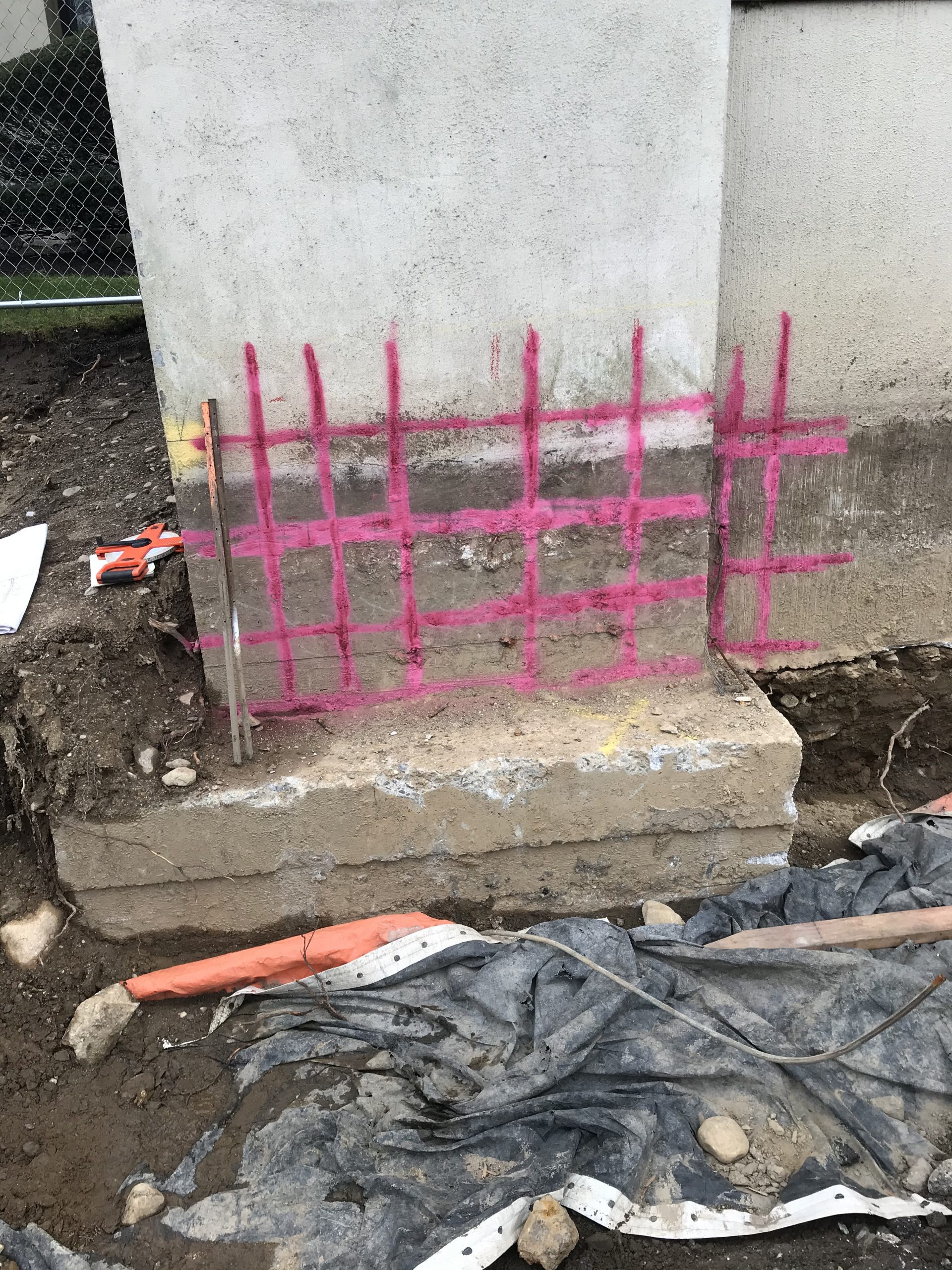Beyond the Surface: Leveraging Advanced Concrete Scanning Techniques for Unmatched Accuracy and Understanding
Advanced concrete scanning methods have actually emerged as crucial devices in this pursuit, using a glimpse underneath the surface area to introduce a world of vital insights. By taking advantage of sophisticated technologies, experts can reveal anomalies, examine the problem of concrete structures, and make notified decisions that form the training course of jobs.
Value of Advanced Concrete Scanning
The significance of utilizing sophisticated concrete scanning methods hinges on the unparalleled precision they use for detecting sub-surface anomalies and guaranteeing architectural stability. By utilizing sophisticated modern technologies such as ground-penetrating radar (GPR), electromagnetic induction, and advanced sonar imaging, construction professionals can dive beneath the surface of concrete structures with a level of accuracy that much surpasses typical inspection methods. Concrete Scanning. These techniques enable the identification of hidden risks like rebar rust, voids, avenues, or post-tension cords that can jeopardize the security and security of a structure in time
Additionally, advanced concrete scanning offers indispensable understandings into the overall problem of a concrete element without the need for intrusive actions, decreasing the danger of triggering damage throughout the evaluation process. The capability to pinpoint the specific place and depth of possible problems enables for targeted repair work and maintenance, inevitably extending the life expectancy of the structure and maximizing its performance. In essence, the significance of advanced concrete scanning can not be overemphasized in the realm of construction and framework maintenance, where precision and integrity are vital.
Sorts Of Cutting-Edge Technologies

Abnormalities and Defect Discovery

Along with GPR, concrete scanning strategies like thermography and impact-echo screening are additionally effective in spotting problems and anomalies. Thermography uses infrared innovation to determine variants in surface area temperature level, showing prospective areas of worry such as delamination or wetness access. On the various other hand, impact-echo testing involves evaluating acoustic responses to find spaces, fractures, and other problems within the concrete. By leveraging these sophisticated methods, experts can proactively address architectural concerns, making certain the long life and safety and security of concrete frameworks.
Assessing Concrete Condition
Exactly how can designers accurately evaluate the condition of concrete frameworks to ensure their durability and safety and security? Various sophisticated concrete scanning strategies are utilized for this function. Ground-penetrating radar (GPR) is generally used to examine the inner structure of concrete, identifying voids, fractures, and various other abnormalities that may jeopardize its toughness.
Furthermore, aesthetic inspection remains an essential component of concrete condition assessment. Engineers visually he has a good point take a look at the surface area for signs of degeneration, such as spalling, company website fracturing, or staining. Combining non-destructive testing techniques with visual assessments permits for a comprehensive assessment of concrete condition, enabling engineers to determine potential issues at an early stage and carry out prompt upkeep or repair services. By leveraging these advanced techniques, engineers can ensure the long-term sturdiness and security of concrete structures.
Enhancing Decision-Making Processes
In the realm of infrastructure monitoring, enhancing decision-making processes is necessary for making sure the efficient upkeep and durability of concrete structures. Enhanced decision-making processes in concrete monitoring entail using advanced scanning methods to collect thorough data on the condition of frameworks. By leveraging technologies such as ground-penetrating radar and 3D imaging, stakeholders can make enlightened decisions regarding fixing, replacement, or support techniques.
These progressed scanning techniques offer important understandings into the interior make-up of concrete, identifying possible issues such as spaces, cracks, or deterioration that may not show up on the surface. This level of in-depth information enables aggressive maintenance planning, decreasing the risk of structural failings and increasing the overall life expectancy of concrete frameworks.
In addition, by incorporating digital documentation and analysis tools into the decision-making process, stakeholders can track the development of concrete conditions gradually, making it possible for anticipating upkeep approaches and maximizing source appropriation. Inevitably, the assimilation of sophisticated concrete scanning methods boosts decision-making procedures by supplying unequaled accuracy, insight, and effectiveness in facilities monitoring.
Verdict
To conclude, advanced concrete scanning techniques use unrivaled precision and insight in finding anomalies, issues, and examining the problem of concrete frameworks. By leveraging sophisticated modern technologies, decision-making procedures can be enhanced, resulting in more reliable and informed solutions for preserving and fixing concrete framework. These methods play a crucial duty in guaranteeing the safety and durability of concrete frameworks, making them an indispensable device in the field of building and construction and design.
In addition, Going Here advanced concrete scanning provides indispensable understandings into the total problem of a concrete aspect without the demand for intrusive procedures, minimizing the danger of creating damages throughout the analysis process - Concrete Scanning. Another innovative modern technology is 3D X-ray scanning, which supplies detailed photos of the internal structure of concrete, offering important details without the requirement for devastating testing. In Addition, Concrete Cover Meters are used to gauge the density of concrete cover over reinforcement bars precisely. Boosted decision-making processes in concrete administration involve using innovative scanning techniques to gather thorough data on the problem of frameworks.In conclusion, advanced concrete scanning strategies offer unmatched accuracy and insight in spotting anomalies, problems, and examining the problem of concrete structures